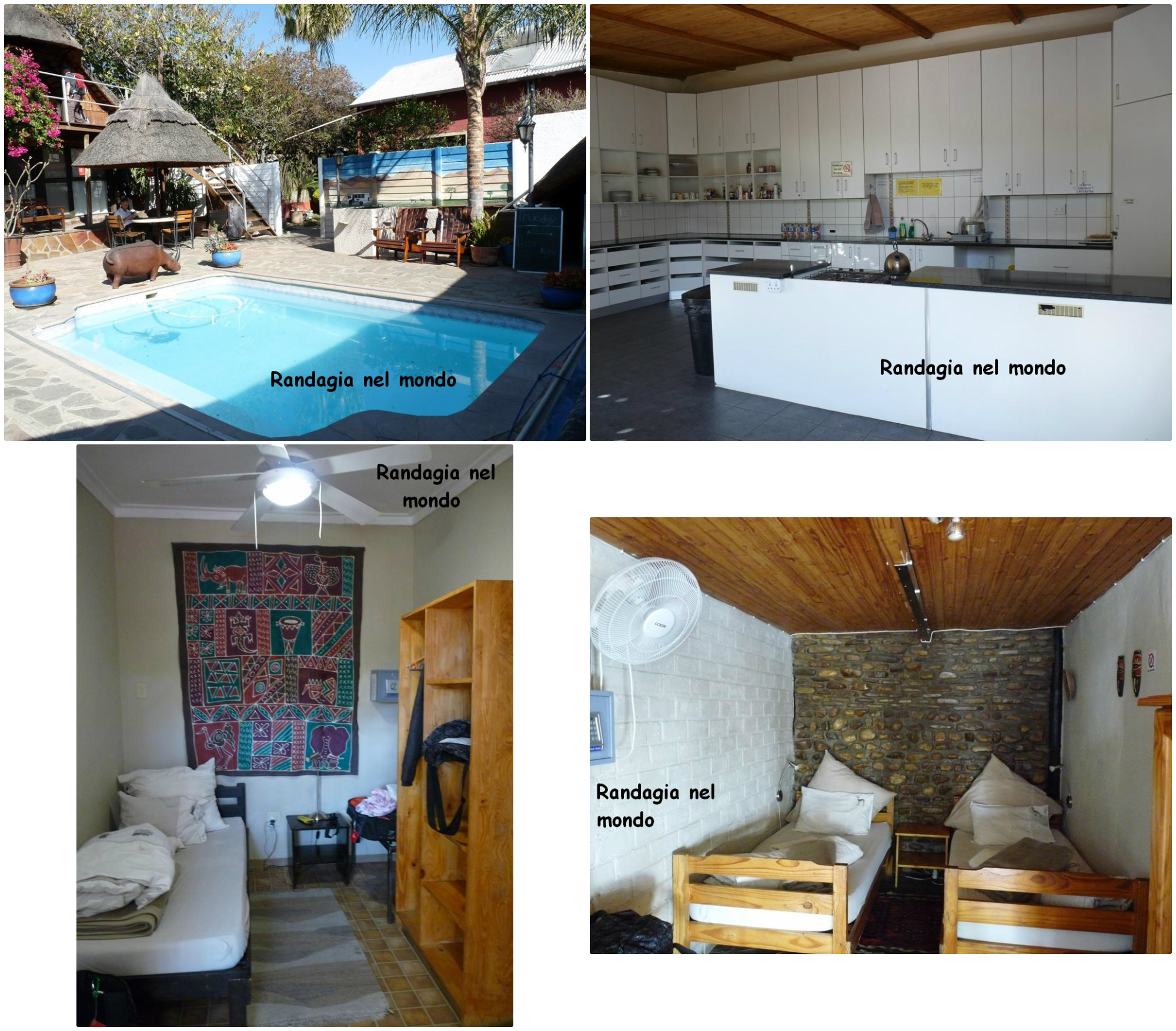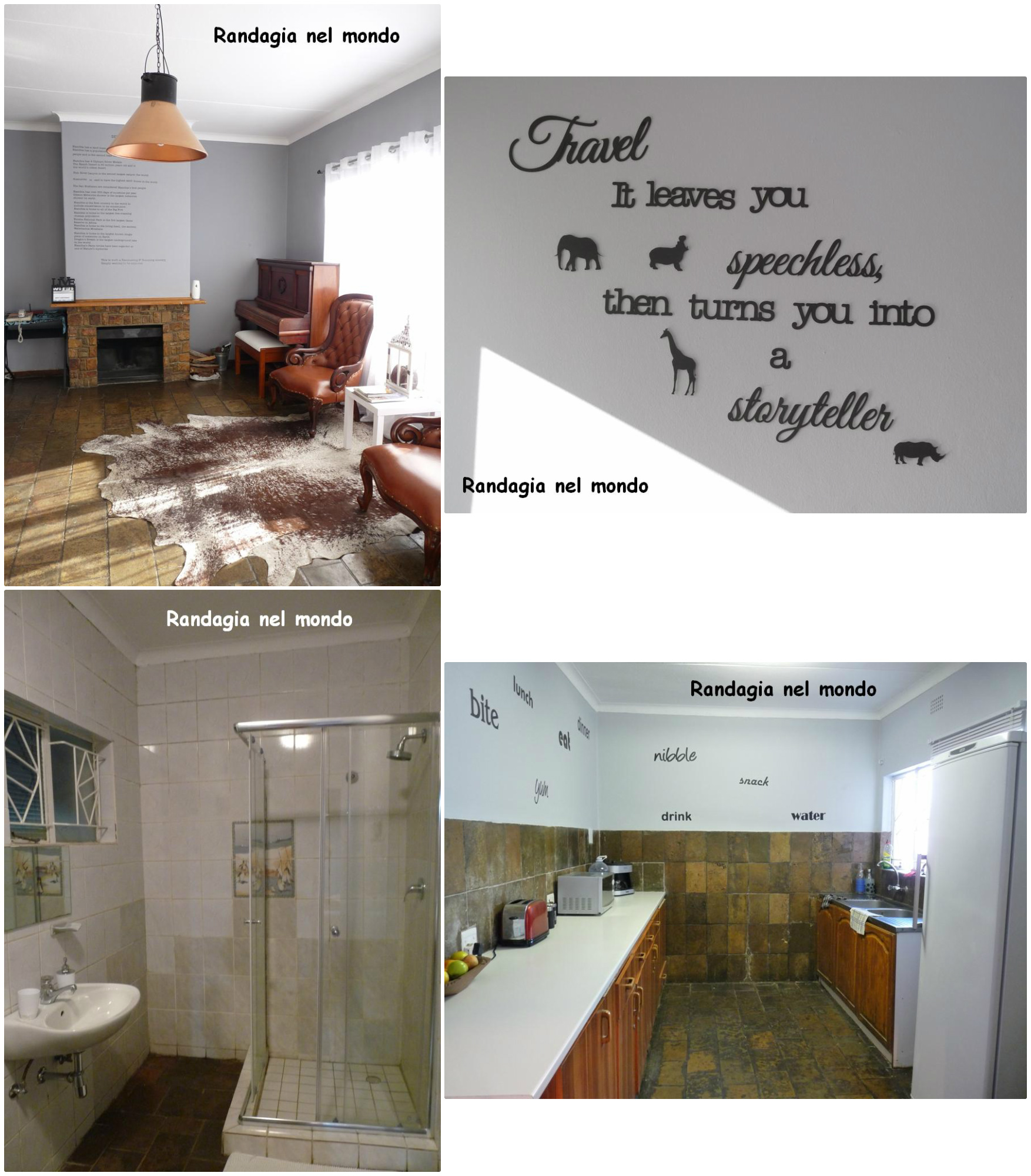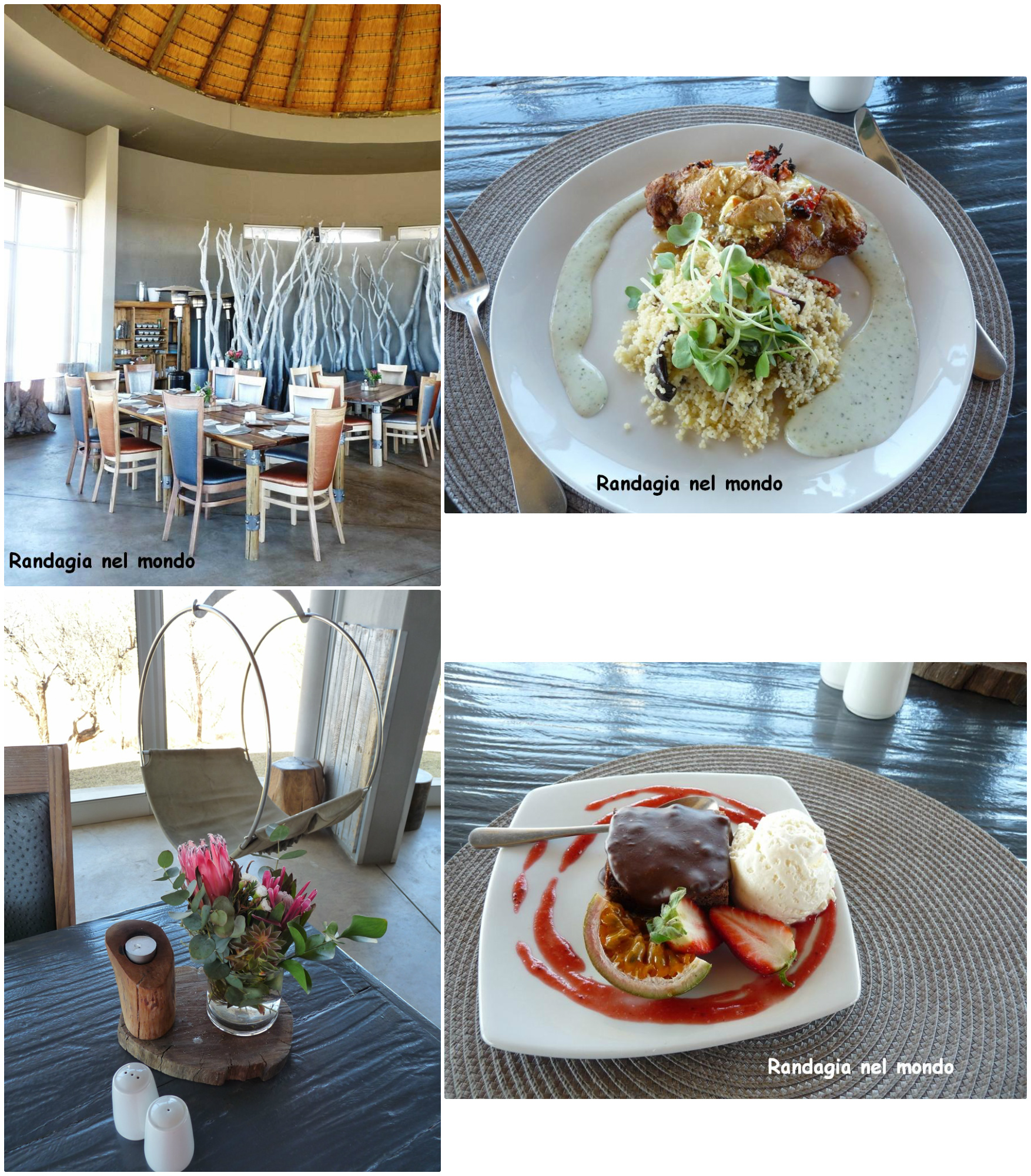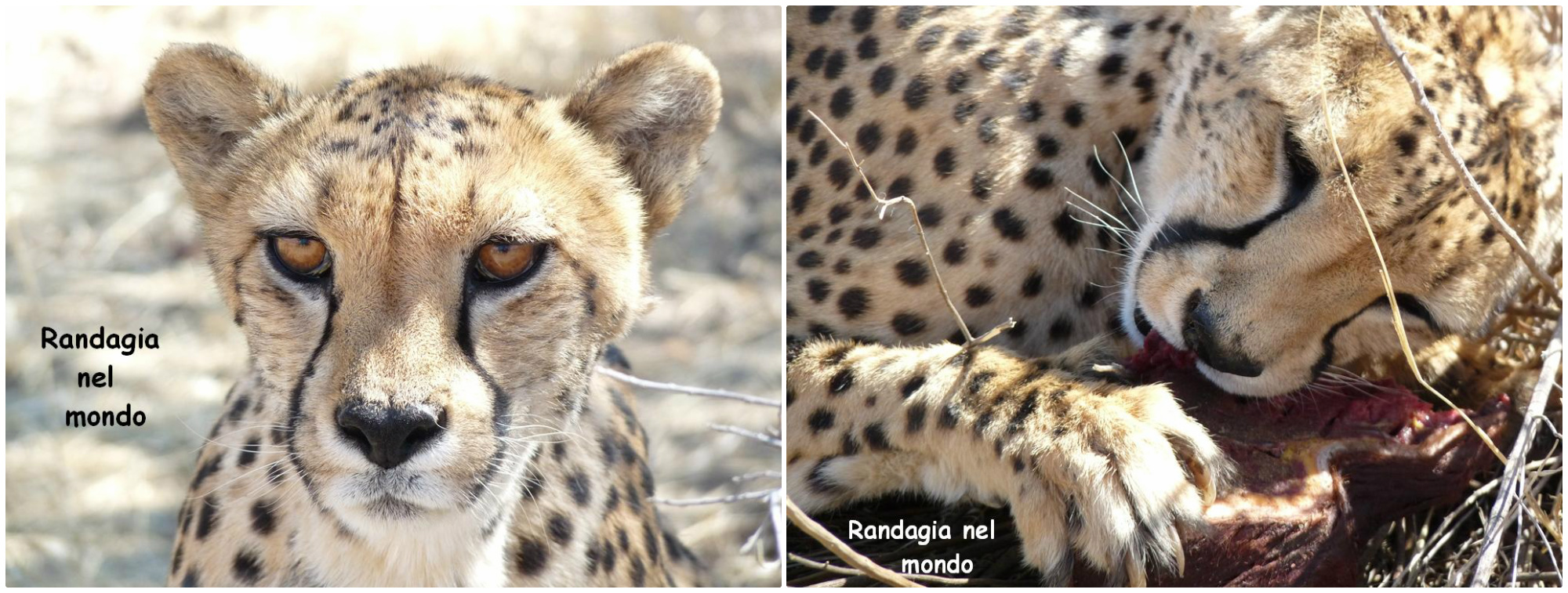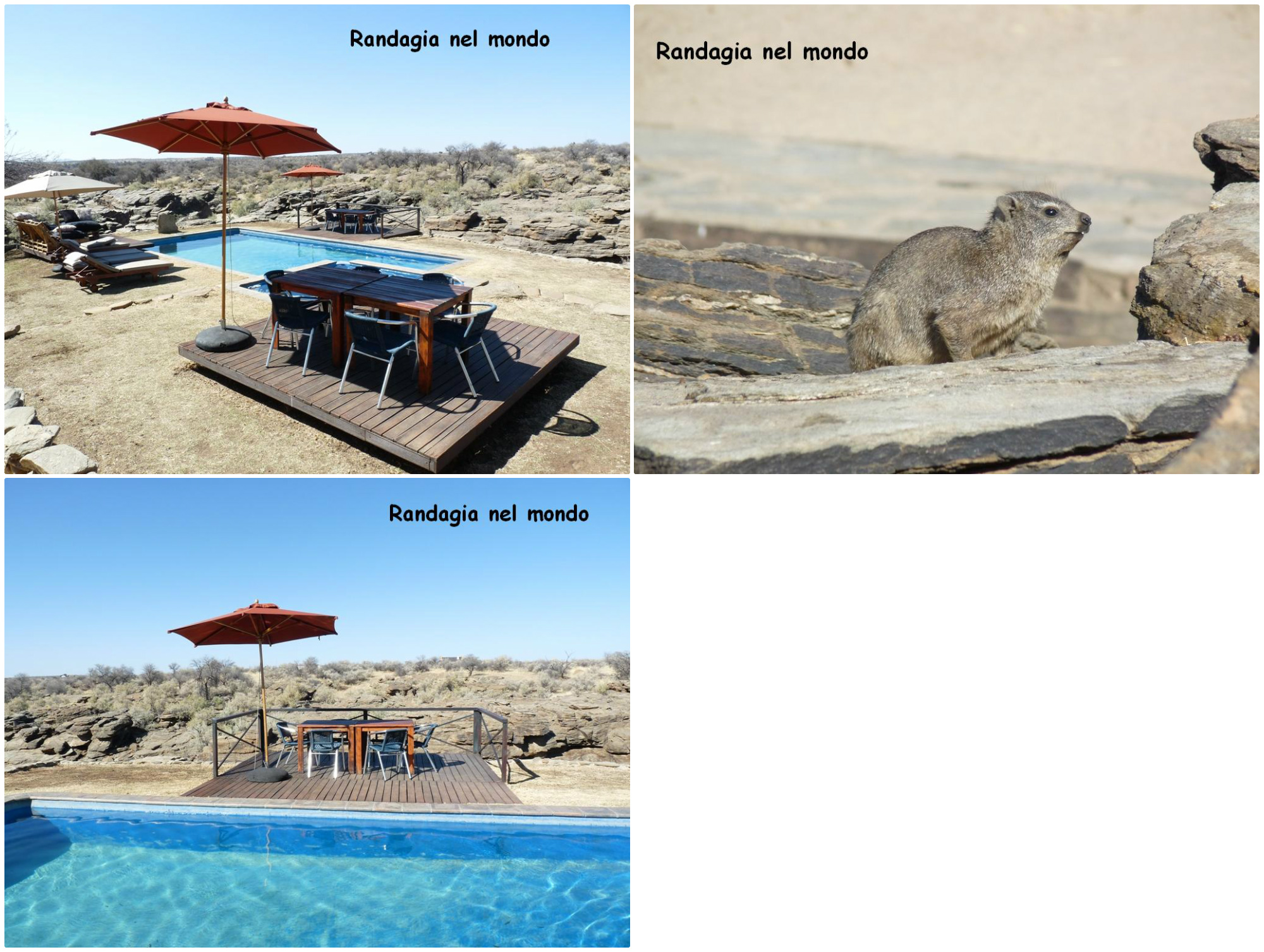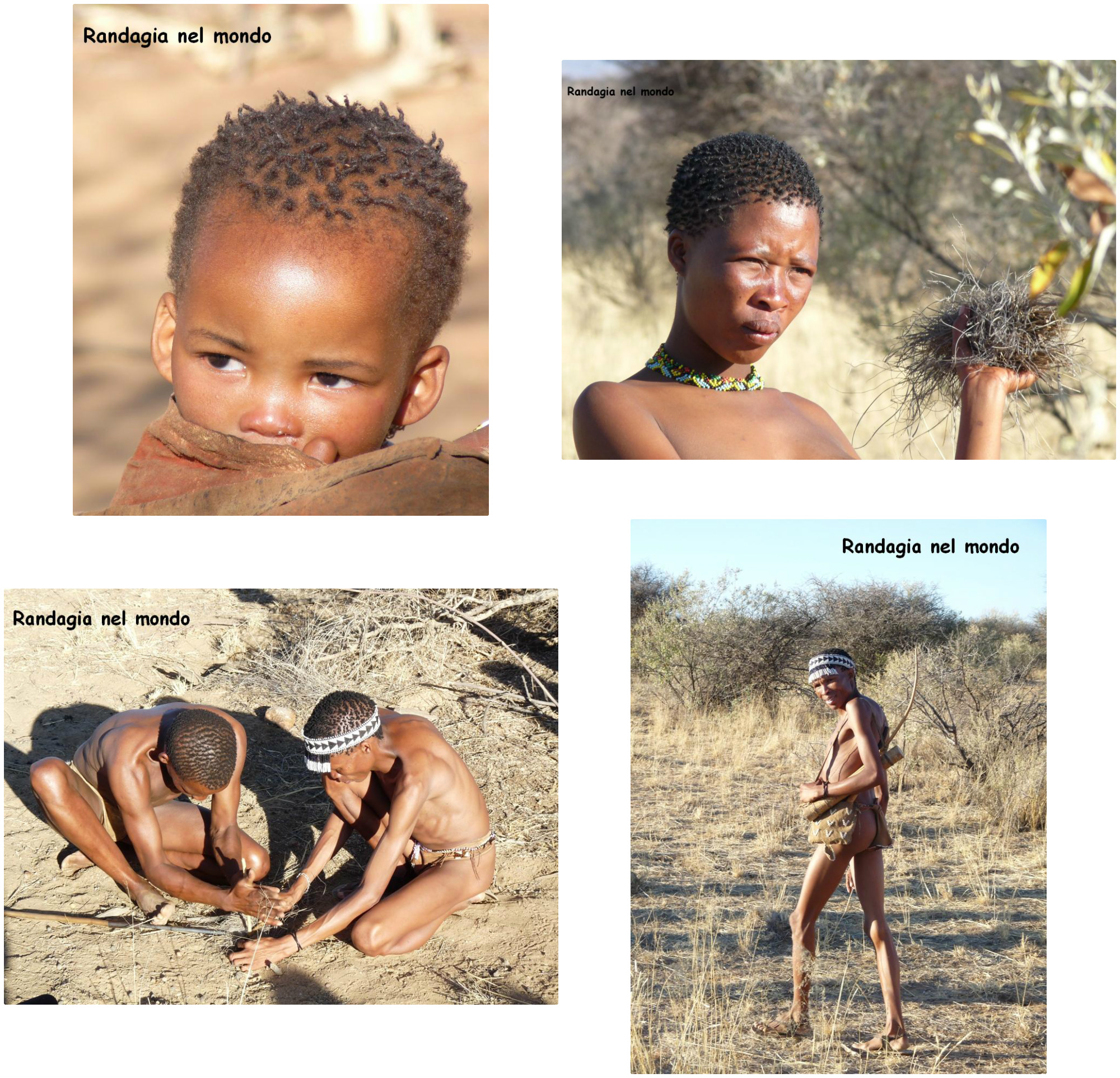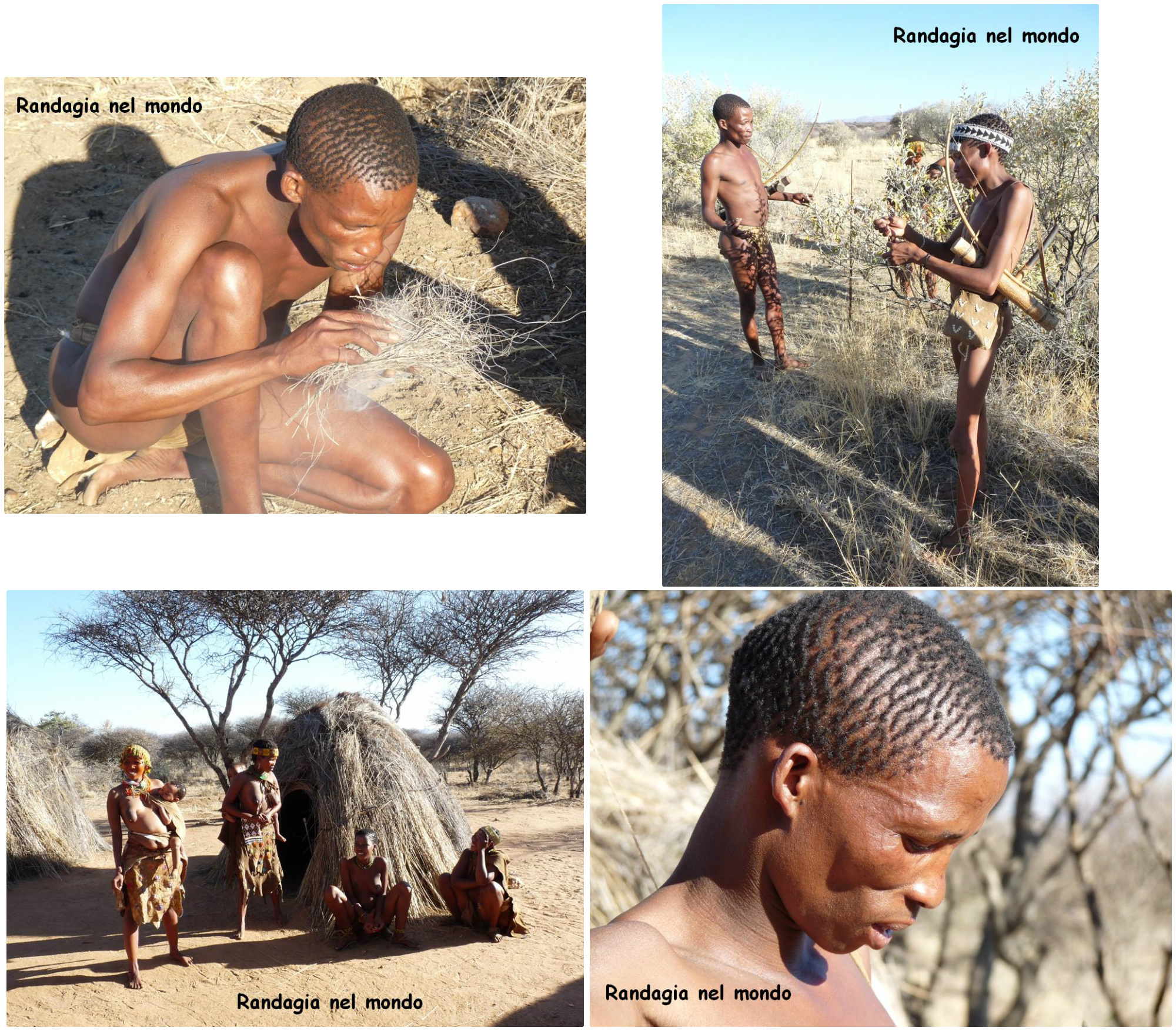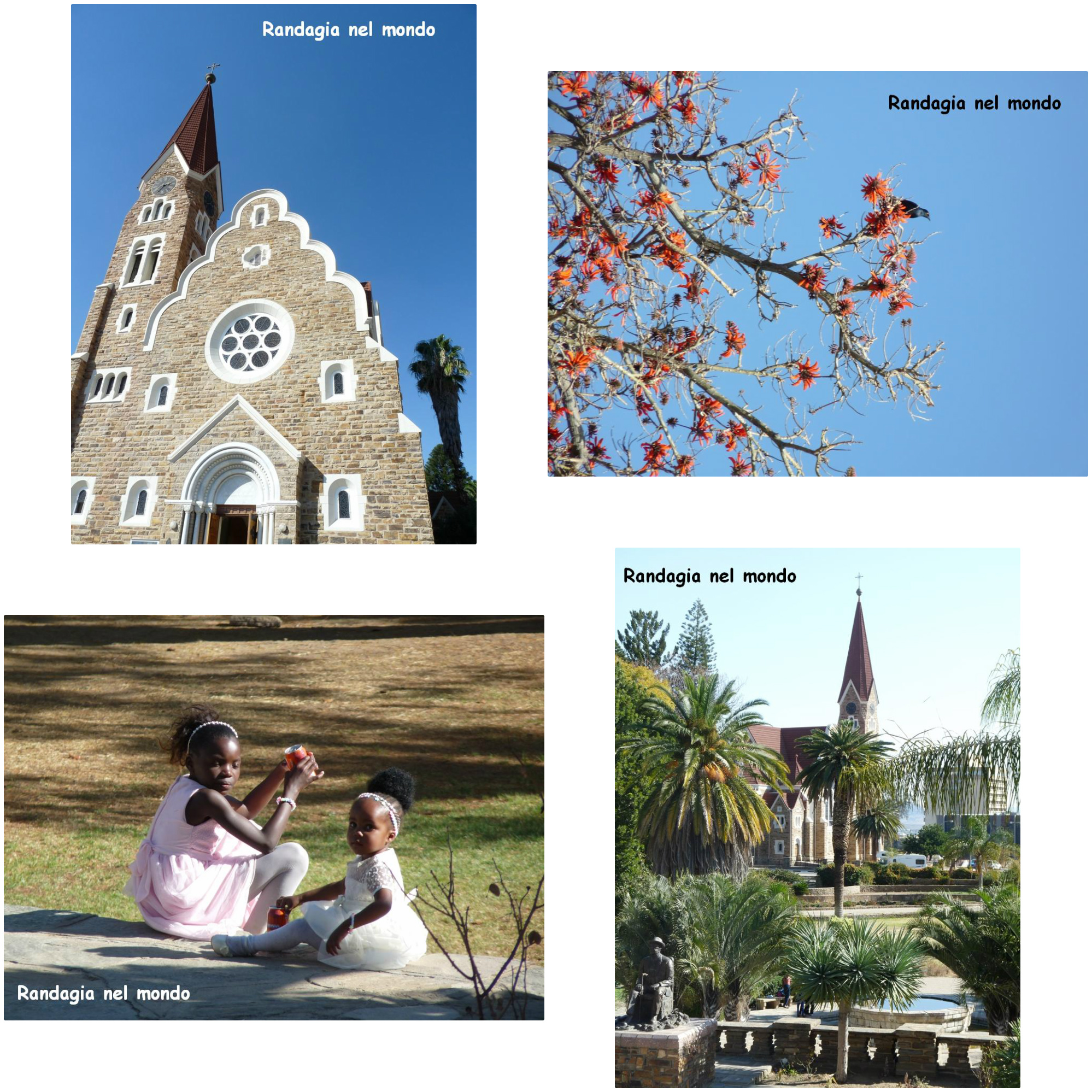Windhoek
Transport
Intercape Mainliner bus from Livingstone, 33 USD, 3 weekly departures, 21 hours trip, including waiting for customs formalities at Wenela border. Seats are not particularly large or comfortable, but at least the onboard toilet is clean and working. For those accustomed to traveling in Asia or South America, the meal breaks in comparison are somehow squalid, in gloomy petrol stations frequented by disreputable people.
Sleep
Windhoek – Chameleon Backpackers – 320 NAD a single room with shared bathroom. A really nice place, well appointed and maintained, with lively atmosphere (without exaggeration). Generous buffet breakfast served from the property. Large, fully equipped kitchen space. Swimming pool (cold water in August). Shared bathrooms are clean enough. Nothing to complain about the rooms, I slept in the Pelikan and in the Hoopoe room, scented and clean sheets. Near the center, efficient internal travel agency. Recommended.
Windhoek – Kate’s Nest Guesthouse – 370 NAD. I spent one night only, as in the passage from Etosha to Namib Desert I had forgotten to book at Chameleon, and when I realized it they had no place left even in the dorms. Chosen at random on Booking because the first in the cheapest ranking. A true gem, really super. The only drawback, it is necessary to have a car as it is away from the center. Intimate atmosphere, fine furnishings, exudes good taste from every pore. Hearty breakfast included.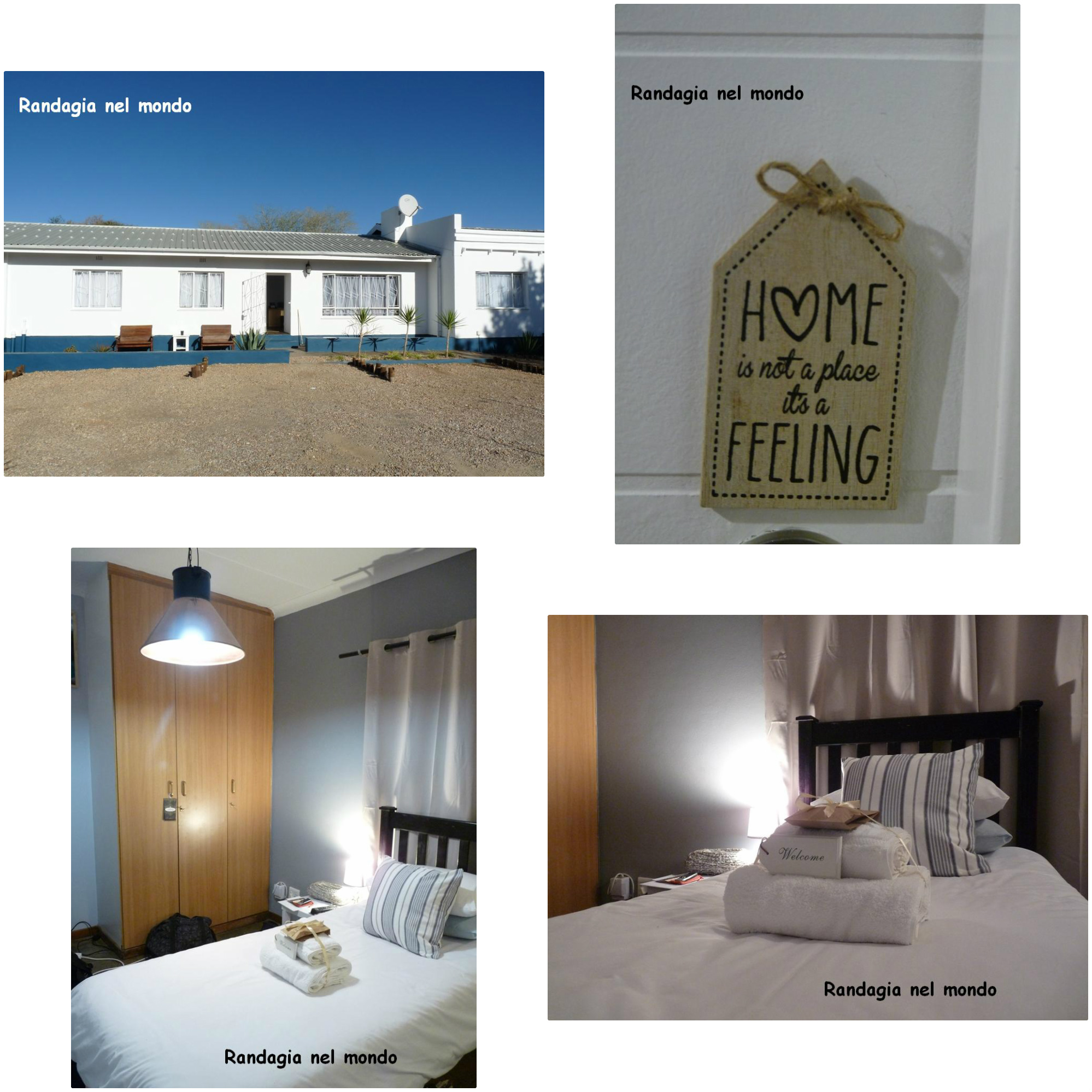
Eat
I almost always ate my meals in the hostel, except for a lunch included in the trip to Naankuse, where, in a very elegant restaurant stilishly built with local raw materials, I ate fine and well presented food
Excursiosn
Naankuse – Observation of the carnivores in the morning, lunch, and meeting with the San people in the afternoon. 1800 NAD. Naankuse is a foundation which for about ten years has been fighting to preserve the culture of ethnic minorities (the San in the first place), and which receives and takes care of wild animals in distress.
My initial intention was to visit the Otjiwarongo Cheetah Conservation Fund, but then I gave up because it was too difficult to reach it without a rented car. I could then observe the magnificent big cats very closely, and many other species, like wild dogs and caracals.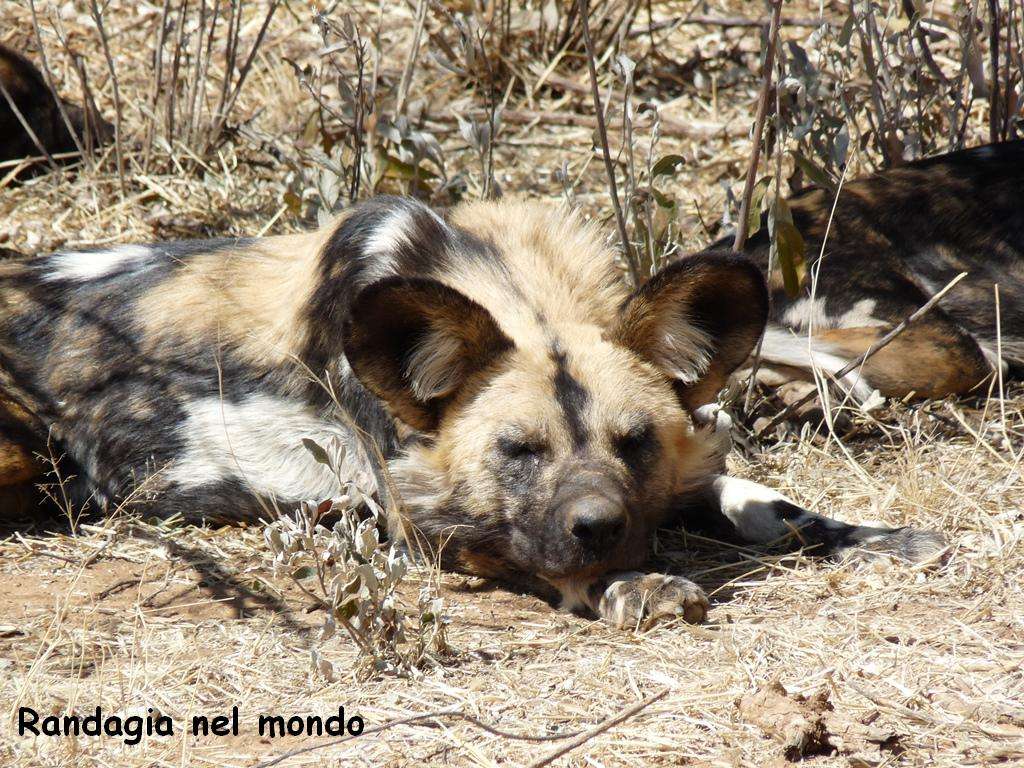
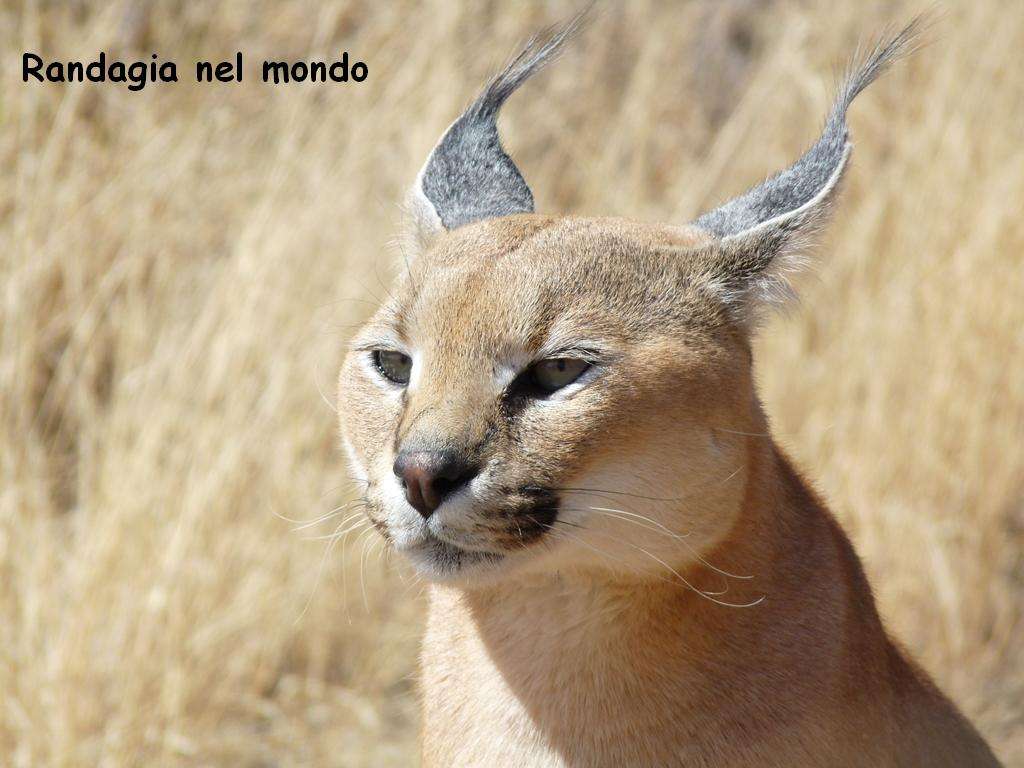
They have at their disposal a very large fenced territory (the estate is huge). Cheetahs were even purring, it seemed they had an engine in their throat. 🙂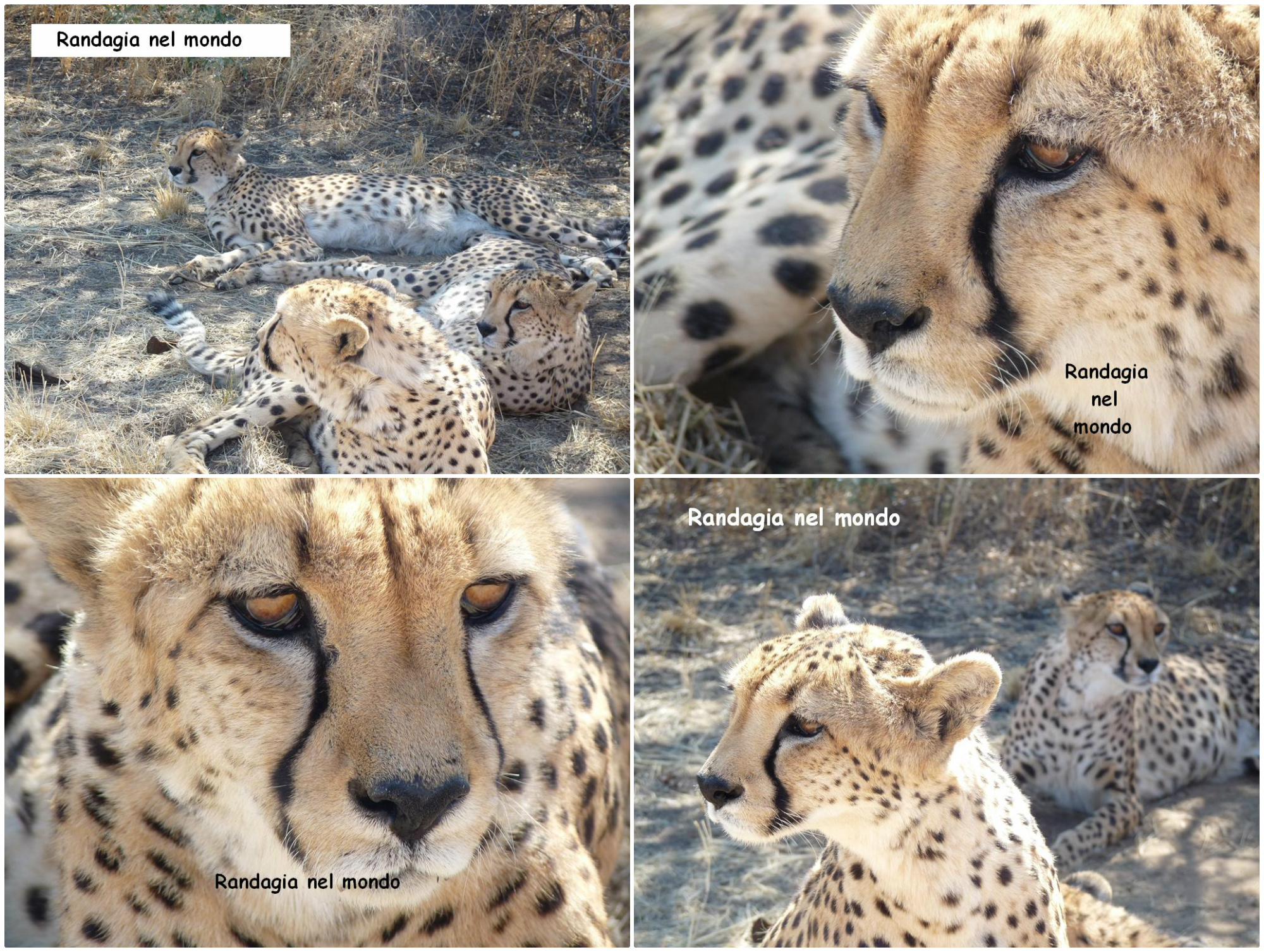
Too busy in taking pics of the animals, I missed most of the explanations of the guide. After an excellent lunch in the lovely setting of the restaurant, and a bit of relax sunk in the plush sofas around the pool set in magnificent location amid the rocks,
another guide took us to visit a San village. It’s obviously an absolutely touristy excursion. We reached with a truck a clearing that housed some huts, a miniclan of San people, and some souvenirs for sale produced by them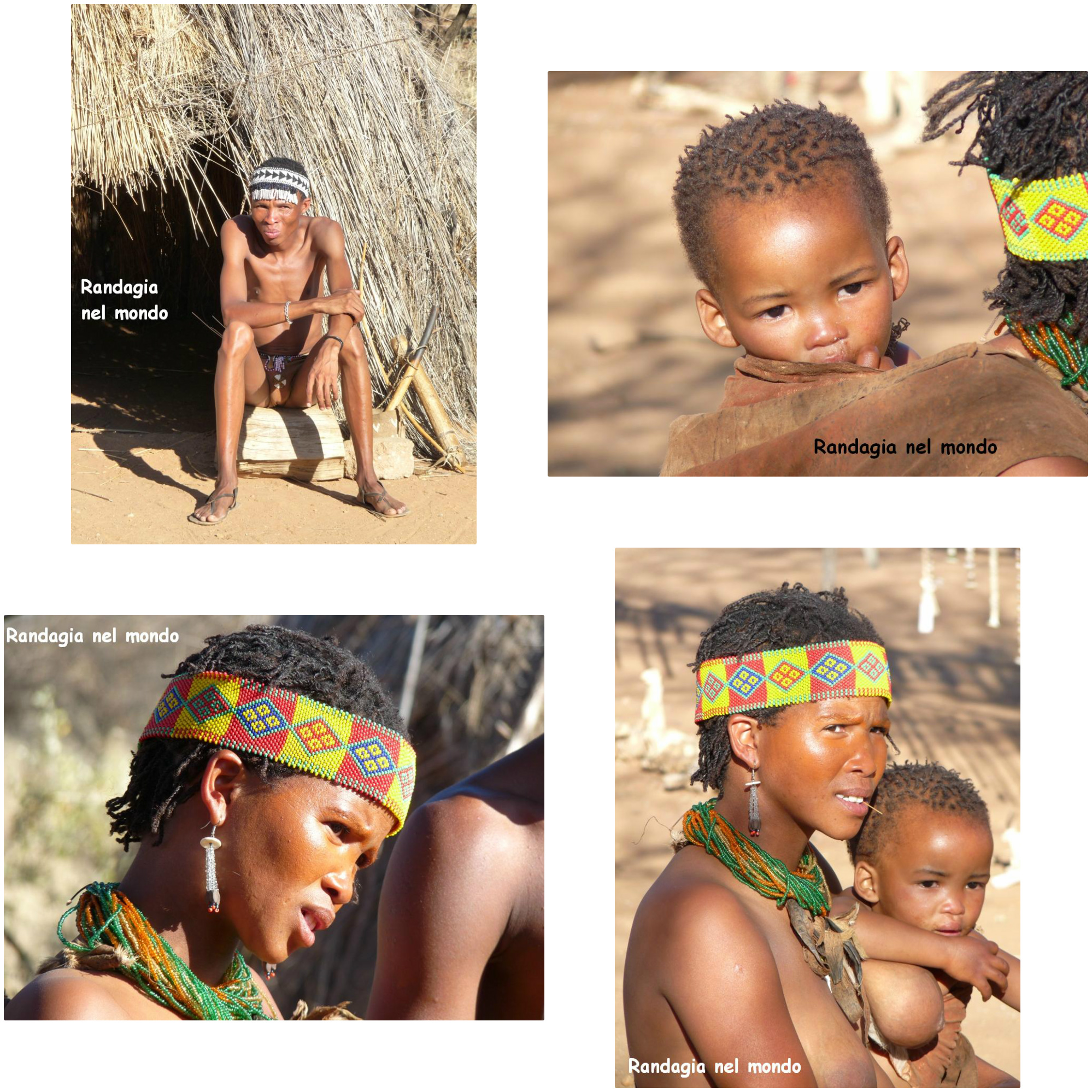
The Sans come from villages in the north of the country, and in turn go down to Windhoek to become protagonists of these cultural meetings, said without irony, because in any case, through the translation of the guide, they explain and show their hunting techniques, food gathering, fire making, and social structure.
I peeked in the huts: they were empty. Honestly I do not think they really live there, however it is a pleasant experience for those who have a free day, perhaps waiting to leave for a safari.
Since I mentioned it, I deepen one moment the discussion on the Namibian capital. Hostels, in collaboration with the tourism office organize free walking tours of a couple of hours, which are in my opinion a great way to get a rough idea, and then maybe deepen later, if one has time. I really liked the old central museum, with free admission, (though I would say it is appropriate to leave a donation), where the customs, and the history of all the different ethnic groups which compose the Namibian human mosaic are explained. Many everyday use objects, clothing, jewelry, old photographs are shown.
I spent another half day in Katutura, one of Windhoek townships. 300 NAD. I had never been in a slum, I only and always passed close to them by car in various contexts, Kenya, India, Caracas. In Katutura, whose name means “we do not want to live here” were deported all the black people who lived in the city center at the time of the South African invasion. The situation now is very different because obviously anyone can decide where to live, it’s enough to have the money, but since the houses in the centre are very expensive, most of them are still forced to stay here, despite having a job, because the rents are lower . The most beautiful homes are built of wood,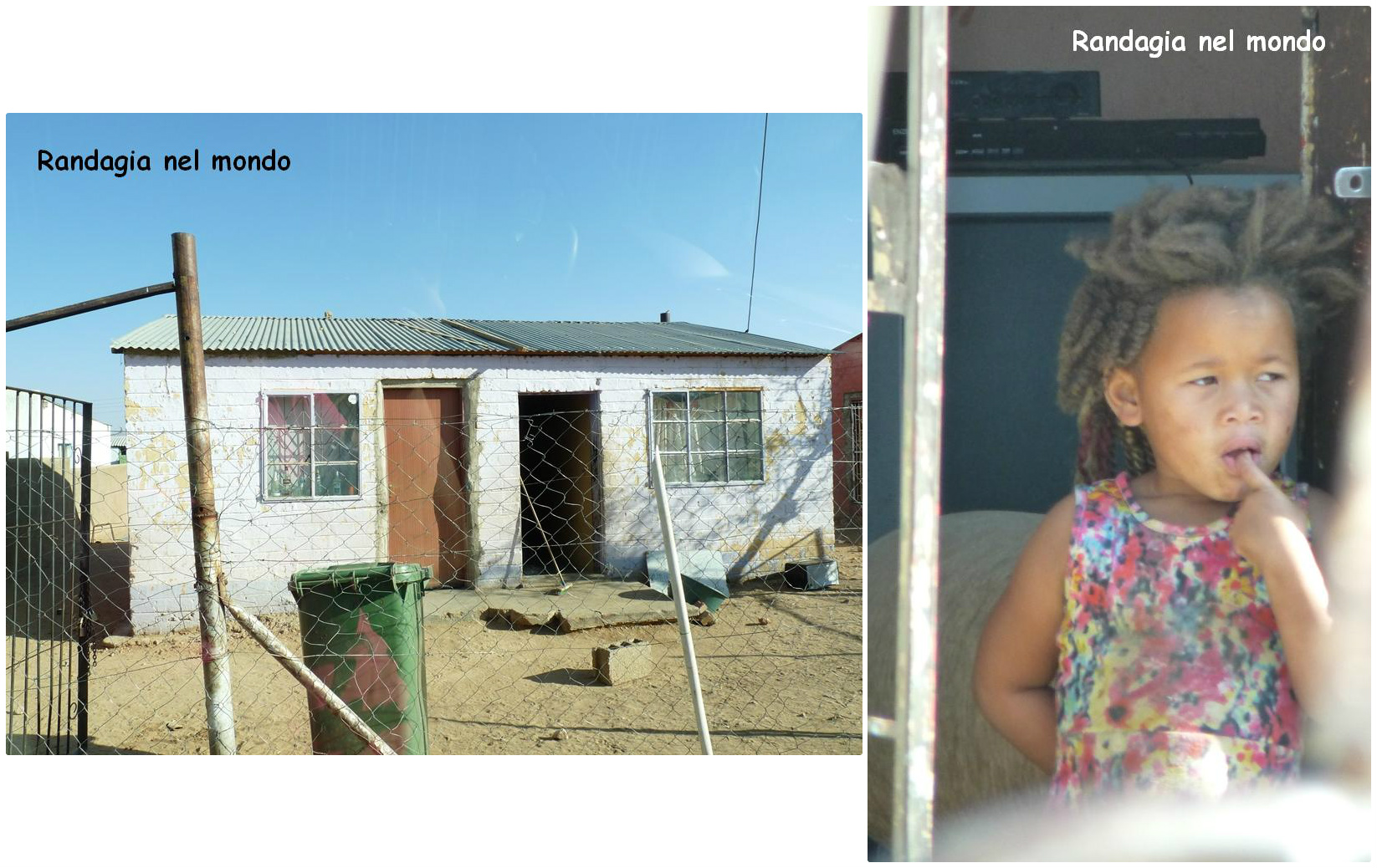
the others are cubes of sheet metal.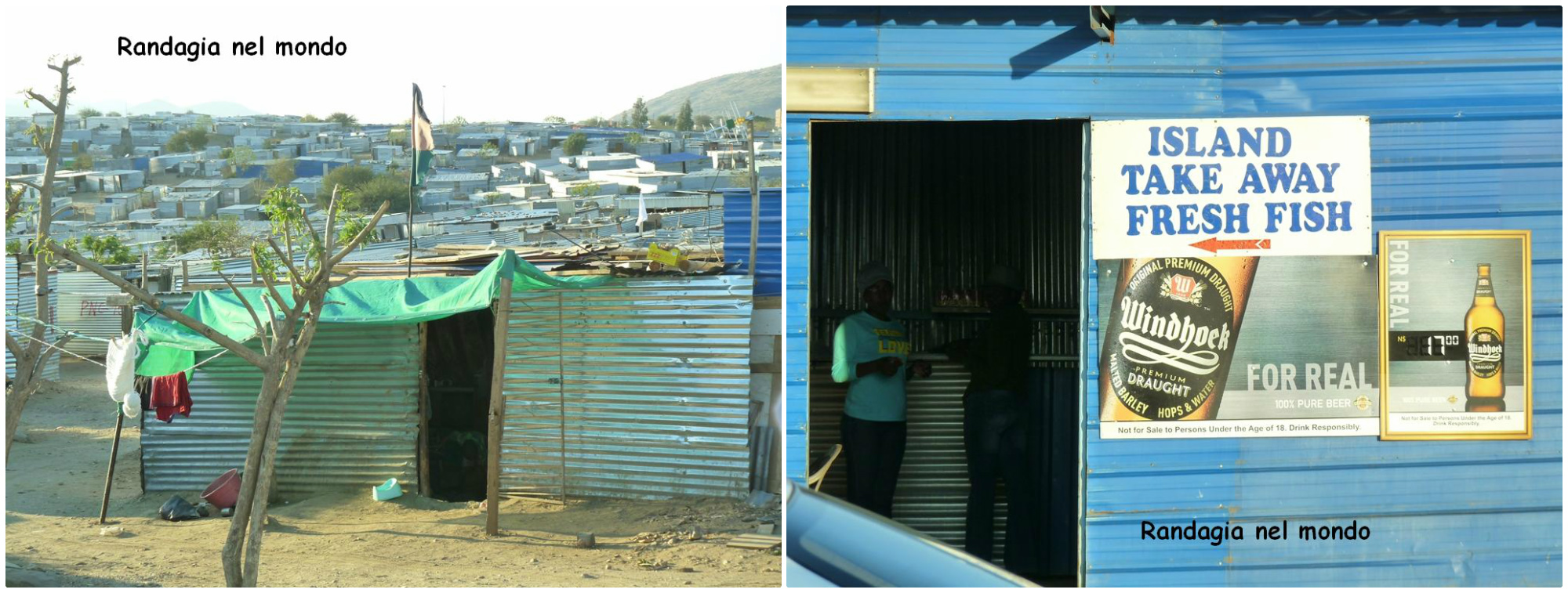
We never get out of the car, except to visit a market, surrounded by rivulets of sewage sludge, nothing to compare with Cambodia or India, however. We are shown curious food like dry larvae, typical drinks disgusting to me, looked like milky coffee-colored water in which they had dissolved yeast, and tasty snacks, many cuts of meat cooked on the grill instantly People help themselves and sprinkle them with salt taken from greasy containers.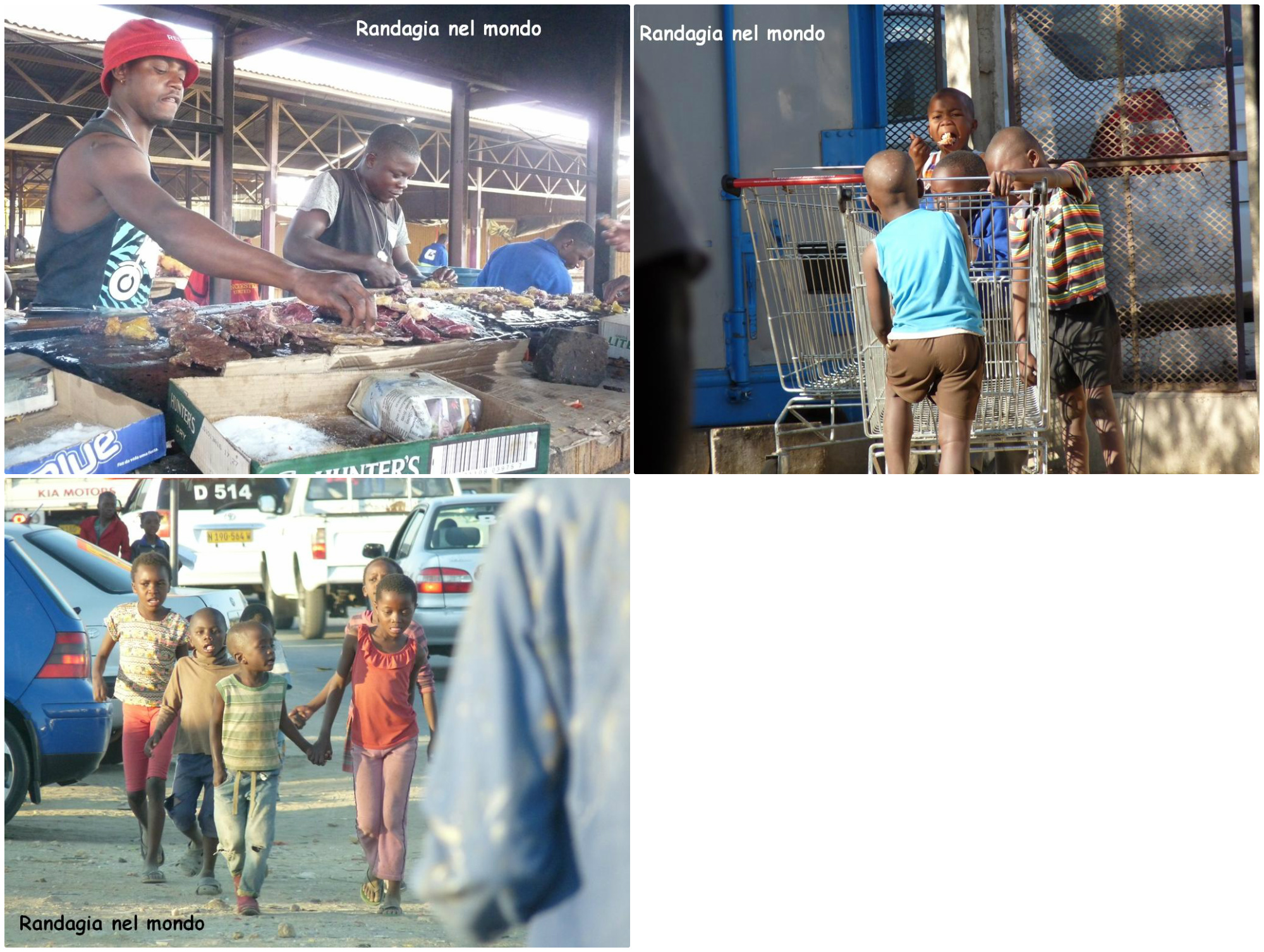
People eat meat all the time. The last hour of the excursion is dedicated to the visit of a nonprofit organization, Penduka, very famous, which employs disadvantaged women (divorced, abandoned or suffering from physical handicaps ones). Their products, sold to tourists, are supporting them to live with dignity.
For shopping, see the appropriate section. There are however several attractions, such to entertain a foreigner for a few hours.
Impressions
It won’t be the best town in the world, but it is not boring either, one just has to get organized, and have a minimum of openness and curiosity

